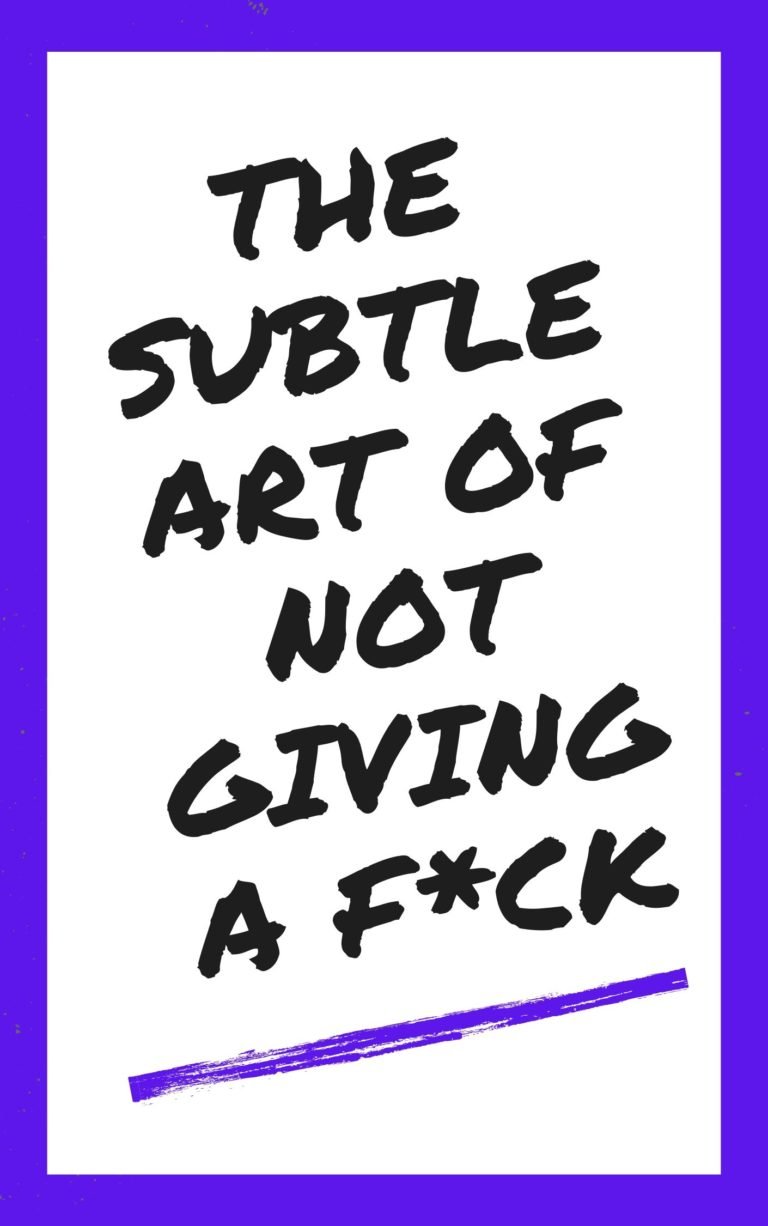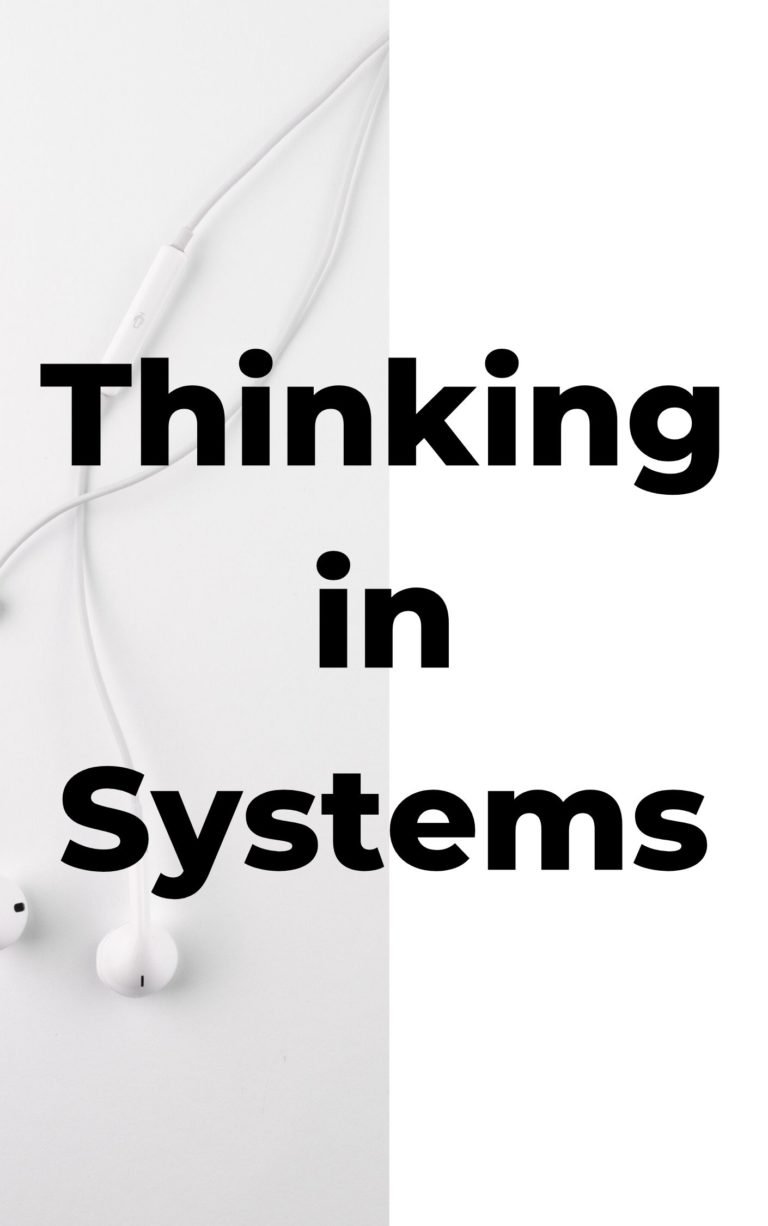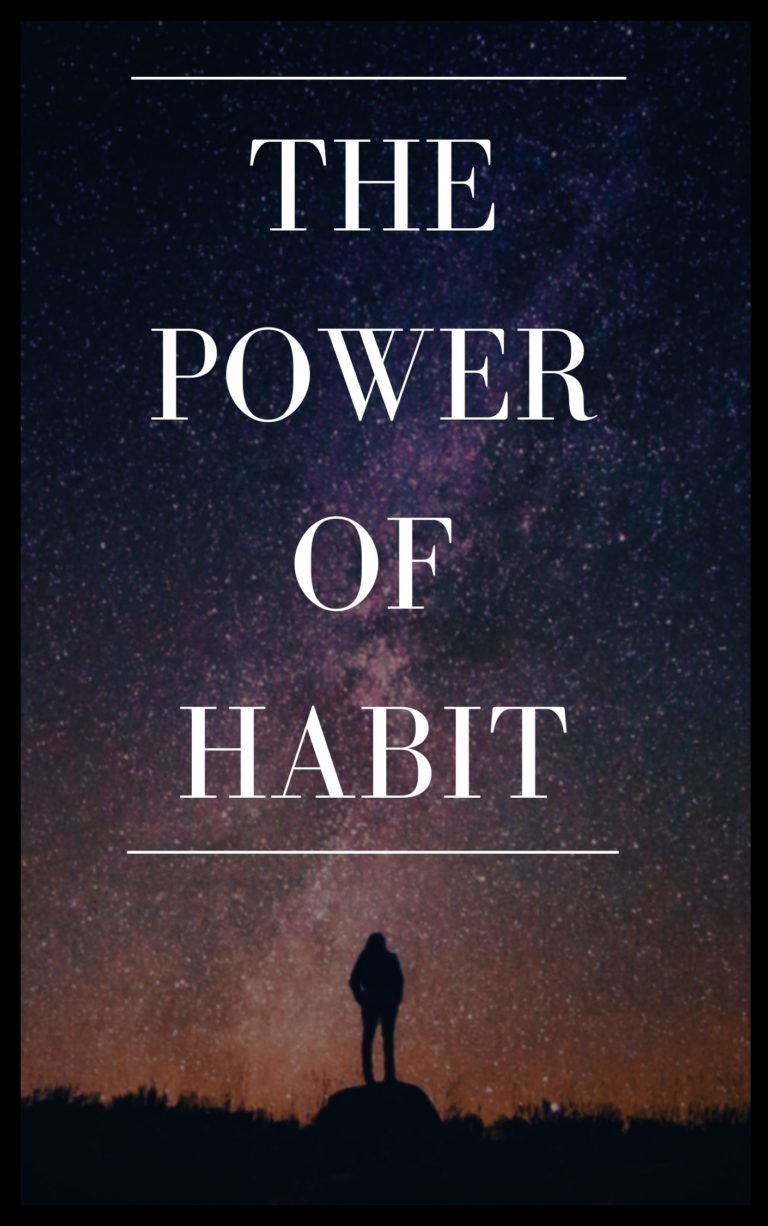Your Brain at Work
Strategies for Overcoming Distraction, Regaining Focus, and Working Smarter All Day Long
David Rock
Rating: 9.0
“Simply put, this intriguing book offers fascinating research about the brain’s functions, limitations, and capacities, and it teaches us how we can “direct” our own brain chemistry in order to achieve fulfillment and success. Well worth reading and ingesting these skills.”
-Stephen R. Covey, author of The 7 Habits of Highly Effective People
Every distraction is preceded by a period of discomfort:
- The urge to check our phone is usually preceded by a period of boredom.
- The pressure to say yes to a meeting request is preceded by a period of anxiety because rejecting someone is socially taboo.
- The urge to overindulge and overeat is usually preceded by a period of stress.
“Dissatisfaction and discomfort dominate our brain’s default state, but we can use them to motivate us instead of defeat us.”
When we feel discomfort either in the form of boredom, social anxiety or stress our mind craves relief and seeks distraction. The only way to handle distractions is to learn to handle the uncomfortable urges that lead to distraction. To handle uncomfortable urges we first need to understand them.
“The only way to handle distraction is by learning to handle discomfort.”
Contents
Surf the Urge
The urge is like a wave. If you’re standing on an ocean shore, you’ll see a wave build up in the distance; then watch it crest as it comes to the shoreline and crash before it hits your feet. When you have an urge to check your phone it will behave the same way. It will get stronger and stronger but if you don’t give in the urge will crest and naturally subside.
In 2010 a group of researchers asked flight attendants who smoked to rate their craving for a cigarette during flights when they couldn’t smoke and between flights when they could. You might think the flight attendants who didn’t get their fix between flights would crave a cigarette more than the flight attendants who smoked. But you’d be wrong. All the flight attendant’s cravings dropped after the smoke break, regardless if they smoked or not!
When you and I have the urge to check our phone or say yes to every request we just need to imagine that we are surfer, riding the wave of internal discomfort. As silly as this mental technique sounds, it’s a proven tool to curb cravings.
The 10-minute Rule
Nir Eyal has found that almost every urge that leads a distraction lasts less than 10 minutes. That’s why he frequently uses the 10-minute rule.
“A technique I’ve found particularly helpful for dealing with this distraction trap is the “ten-minute rule.” If I find myself wanting to check my phone as a pacification device when I can’t think of anything better to do, I tell myself it’s fine to give in, but not right now. I have to wait just ten minutes. This technique is effective at helping me deal with all sorts of potential distractions, like googling something rather than writing, eating something unhealthy when I’m bored, or watching another episode on Netflix when I’m “too tired to go to bed.”
Acceptance and Commitment Therapy (ACT)
If surfing an urge for up to 10 minutes seems hard, try another scientifically proven method to reduce the urge. Imagine you’re seated beside a gently flowing stream. Now imagine the leaves are floating down that stream. As you feel discomfort, imagine taking that discomfort out of your body and placing it on a leaf, and watching it slowly float down a stream out of sight.
When another wave of discomfort builds up, place it on another leaf and watch it float down the stream. Do this over and over again until you feel in control. This practice is taught in what’s called acceptance and commitment therapy and has also been shown to drastically reduce the rate at which people crave cigarettes.
If surfing the urge and watching your urges drift down a stream, help smokers reducer urges then it’s sure to help us reduce almost any urge that leads to distraction.
What if you don’t have enough willpower?
You may have heard of the term “Ego depletion” a term popularized by psychologist Roy Baumeister in the book Willpower, which explains the phenomena of exhausting your willpower after a long day of making decisions; which makes it impossible to resist temptations. This ego-depletion sounds like a real problem but thankfully it’s a myth.
“People who did not see willpower as a finite resource did not show signs of ego depletion.”
A 2010 meta-study of ego depletion found a publication bias, that is disconfirming evidence had been left out of the ego-depletion scientific literature. New studies have found that the only time ego depletion is valid is when people believe it’s valid.
“Many people still promote the idea of ego depletion, perhaps because they are unaware of the evidence that exists to the contrary. But if Dweck’s conclusions are correct, then perpetuating the idea is doing real harm. If ego depletion is essentially caused by self-defeating thoughts and not by any biological limitation, then the idea makes us less likely to accomplish our goals by providing a rationale to quit when we could otherwise persist.”
Willpower; it’s just like any other emotion. You can’t run out of willpower over the course of a day just like you can’t run out of happiness over the course of the day.
Willpower like happiness can always be restored by altering your mindset. If you see every setback as an opportunity and practice gratitude, your happiness will increase. Just as if you believe that every second you’re resistant urge makes you stronger and more likely to continue resisting the urge you’ll find the willpower you need to get past the urge. But in case you forget this knowledge in times of temptation, leverage pacts.
Create Pacts
Nir Eyal explains three types of pacts include effort pacts, price pacts, and identity pacts.
Effort Pacts: Add effort between you and the thing you don’t want to do so that surfing an urge is easier than giving in to an urge.
Example: The ‘kSafe’ is a device that locks tempting treats like Oreo cookies and Reese’s Pieces in a container with a timer
“You could smash the container with a hammer or run out and buy more cookies, but that extra effort makes those choices less likely.”
Nir Eyal
“Every time I want to make an effort pact with myself to avoid getting distracted on my phone, I open the Forest app and set my desired length of phone-free time. As soon as I hit a button marked Plant, a tiny seedling appears on the screen and a timer starts counting down. If I attempt to switch tasks on my phone before the timer runs out, my virtual tree dies. The thought of killing the little virtual tree adds just enough extra effort to discourage me from tapping out of the app—a visible reminder of the pact I’ve made with myself.”
Nir Eyal
Price Pacts: These pacts are just what they sound like, pacts that cost you money if you break them. If you want extra leverage over your junk food cravings to promise a friend you’ll burn $100 bill taped to your bathroom mirror and send them a video of that burning bill if you eat a chocolate bar.
Measure your smartphone screen time and if you pass a weekly threshold that you select promise a friend you’ll burn a $20 bill every week you pass that threshold.
Identity Pacts: Require telling the world who you are and what you don’t do. If you’re trying to resist meet announce to your family that you’re a vegetarian; if you’re trying to resist answering emails before noon, write: “Sorry! I don’t answer emails before noon” in your email signature.
Issuing “I don’t” statements is a great way to nullify distracting urges.
“A study published in the Journal of Consumer Research tested the words people use when faced with temptation. During the experiment, one group was instructed to use the words ‘I can’t’ when considering unhealthy food choices, while the other group used ‘I don’t.’ At the end of the study, participants were offered either a chocolate bar or granola bar to thank them for their time. Nearly twice as many people in the ‘I don’t’ group picked the healthier option on their way out the door.”
Make Time for Traction
To make traction, we need to examine how we spent our time. And to do that, we need to begin with our values. “Our values,” writes Russ Harris, are “how we want to be, what we want to stand for, and how we want to relate to the world around us.”
One effective way to make time for traction is through “timeboxing” which involves setting an “implementation intention.”
Eyal recommends revising your schedule regularly but committing to it once it’s set. Once you schedule a time for yourself, synchronize your calendar with stakeholders to ensure they don’t distract you with superfluous tasks.
Time blocking
The author says that we should set aside time for ourselves, friends, family, and work. That is something that you can’t argue against. For some people that’s going to be easier than others; If you’re someone who travels around a lot then it’s going to be harder for you to set aside time for friends and family. If you’re someone who has a consistent schedule, this might be easier to do but time blocking is something that comes up a lot in this book and it’s clear that Nir Eyal thinks it’s extremely important.
He also mentions ways that you can apply the principles to your workplace and your home life. He has at least a couple of chapters on those two issues.







One Comment